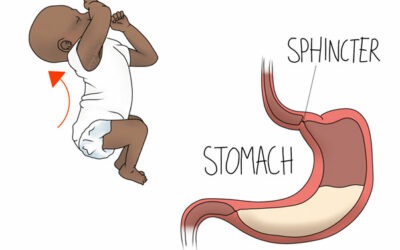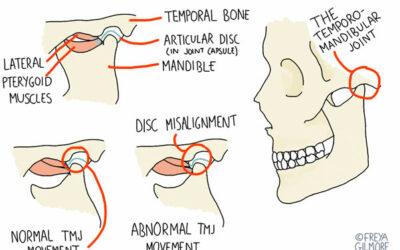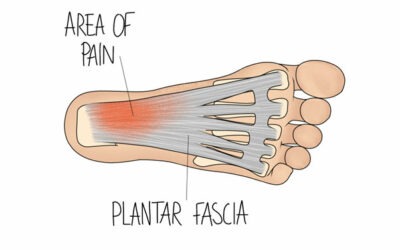 ‘Tis the season of icy pavements. A fresh frost may look pretty as we gaze out from within our warm homes, but slips when out walking on snow and ice can lead to fractures and other injuries. The consequences can be serious for many of us, and can even lead to long-term mobility problems for older people.
‘Tis the season of icy pavements. A fresh frost may look pretty as we gaze out from within our warm homes, but slips when out walking on snow and ice can lead to fractures and other injuries. The consequences can be serious for many of us, and can even lead to long-term mobility problems for older people.
If you have no option but to use walkways covered in snow and ice, do take care. Here’s our advice for avoiding taking a tumble on icy ground.
Choose sensible shoes. It’s a no-brainer, but many people don’t wear appropriate footwear for getting about in ice and snow. You need flat rubber-soled footwear with a tread that offers traction on ice and snow. Shoes or boots with ankle supports are great too as they can help prevent you going over on your ankle. Icy mornings are not the time to be stylish – don’t wear leather-soled or high-heeled shoes unless you want to land on your backside. If you need to change shoes when you get to your destination, fine; just make sure you walk on icy ground in appropriate footwear.
Take your time. Walk slowly on the ice and don’t let anyone rush you. Make sure you set off in plenty of time to avoid rushing to get to your destination.
Look ahead and plan the path you’ll take. If you see any darkened or shiny patches on the pavement ahead of you, avoid them.
Change your gait and posture. Take small steps rather than long strides. Don’t worry if you feel like you’re shuffling – if it helps you avoid a fall, it’s all good.
Lean forwards slightly as you walk. This shifts your centre of gravity forward a little, giving you more stability and meaning you’re less likely to end up falling on your behind.
Don’t put your hands in your pockets. Keeping both hands free can help you balance. Remember to wear gloves, not only to keep your hands warm but to offer some protection if you do fall and they hit the icy ground first.
Avoid carrying lots of heavy bags. Take particular care with backpacks: a heavy weight on your back can shift your centre of gravity backwards, making you more likely to fall back.
Concentrate. When out walking on icy ground, focus solely on getting from A to B safely. Try not to be distracted by mobile phones – replying to texts can wait until you’re safely inside.
Take care getting into and out of vehicles. Take your time and hold on to the vehicle for support.
Wrap up warmly. If you do fall, a padded winter coat will offer some protection as you fall to the ground.
Learn how best to fall. It takes less than a couple of seconds from losing your balance to crashing down to the ground. If you do feel yourself begin to fall, try to remember to relax your body rather than tensing your muscles. Try to go with the fall while staying relaxed as this can help to minimise any jarring to your joints. And while putting out your hands may be a natural reaction, try not to – you could end up with wrist injuries. If you find yourself falling backwards, tuck your chin into your chest so that your head is lifted and doesn’t hit the floor first.
And remember, in the event of extreme snow and ice, only make journeys, whether by foot or in the car, unless absolutely necessary.
Stay safe, everyone!



0 Comments